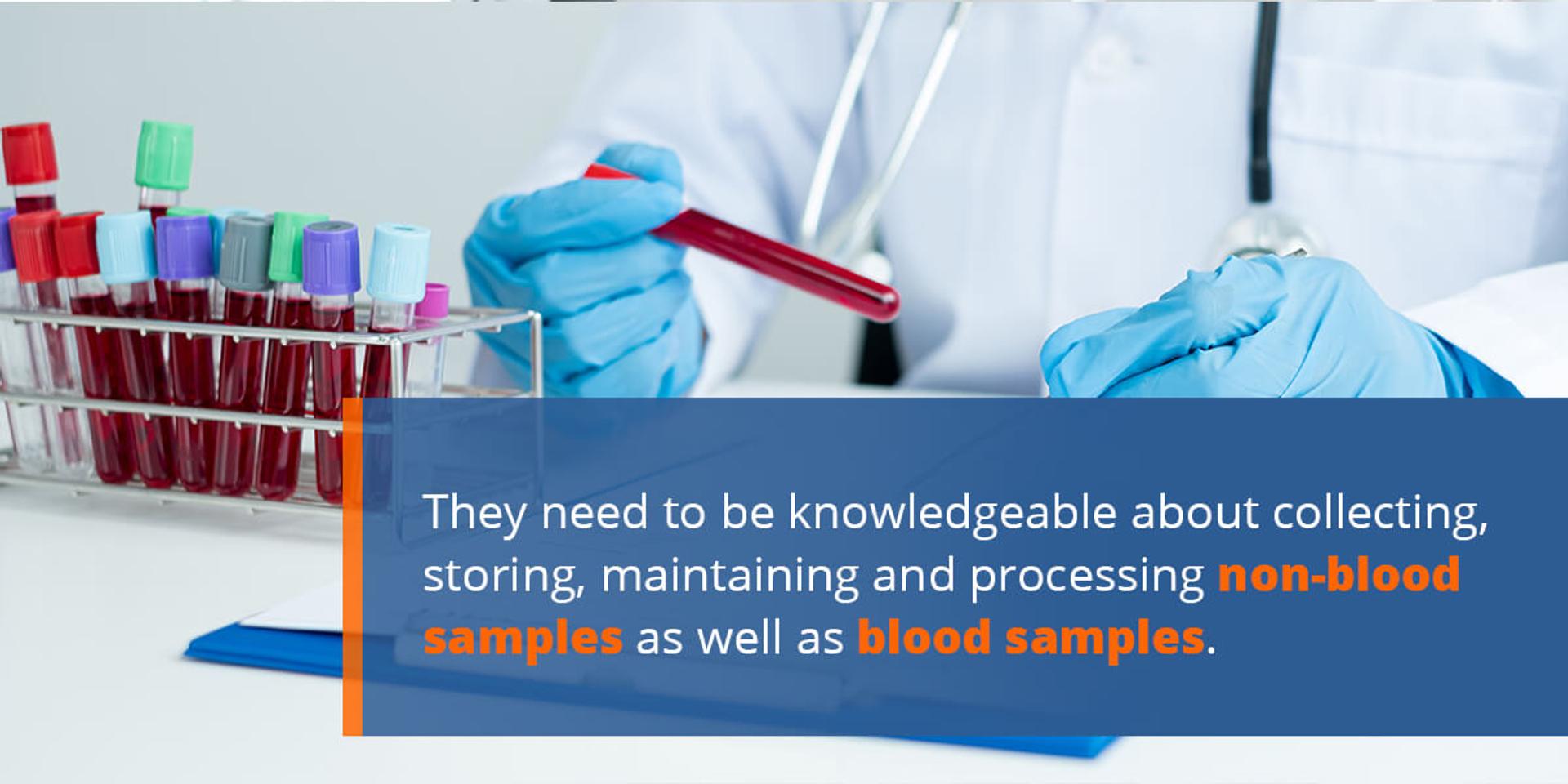Northeast Medical Institute - New Haven Campus Phlebotomy Course & Cna Class Things To Know Before You Get This
Northeast Medical Institute - New Haven Campus Phlebotomy Course & Cna Class Things To Know Before You Get This
Blog Article
Little Known Facts About Northeast Medical Institute - New Haven Campus Phlebotomy Course & Cna Class.
Table of ContentsThe Main Principles Of Northeast Medical Institute - New Haven Campus Phlebotomy Course & Cna Class Northeast Medical Institute - New Haven Campus Phlebotomy Course & Cna Class - The FactsThe Definitive Guide to Northeast Medical Institute - New Haven Campus Phlebotomy Course & Cna ClassHow Northeast Medical Institute - New Haven Campus Phlebotomy Course & Cna Class can Save You Time, Stress, and Money.The Facts About Northeast Medical Institute - New Haven Campus Phlebotomy Course & Cna Class RevealedThe Basic Principles Of Northeast Medical Institute - New Haven Campus Phlebotomy Course & Cna Class
The usage of such devices ought to be accompanied by other infection prevention and control techniques, and training in their use.For settings with reduced sources, cost is a motoring factor in procurement of safety-engineered devices - Phlebotomy Courses. Where safety-engineered devices are not available, competent usage of a needle and syringe serves. Unintentional direct exposure and details info regarding an occurrence must be recorded in a register. Support services ought to be promoted for those who undertake unexpected exposure.
labelling); transportation problems; interpretation of results for scientific administration. In an outpatient department or facility, offer a devoted phlebotomy work area containing: a tidy surface with 2 chairs (one for the phlebotomist and the other for the client); a hand clean container with soap, running water and paper towels; alcohol hand rub. In the blood-sampling area for an outpatient department or center, supply a comfortable reclining sofa with an arm remainder.
Northeast Medical Institute - New Haven Campus Phlebotomy Course & Cna Class Can Be Fun For Everyone
Make certain that the indications for blood sampling are clearly defined, either in a created protocol or in documented instructions (e.g. in a lab type). In any way times, follow the techniques for infection avoidance and control detailed in Table 2.2. Infection prevention and control practices. Accumulate all the devices needed for the procedure and place it within risk-free and easy reach on a tray or trolley, making sure that all the things are clearly visible.
Where the individual is grown-up and mindful, follow the steps detailed below. Introduce yourself to the individual, and ask the individual to state their complete name. Inspect that the laboratory kind matches the patient's identity (i.e. match the individual's information with the lab kind, to ensure accurate identification). Ask whether the patent has allergic reactions, anxieties or has actually ever collapsed throughout previous shots or blood attracts.
Make the individual comfortable in a supine placement (if possible). The individual has a right to decline a test at any kind of time before the blood sampling, so it is important to make sure that the individual has comprehended the procedure - PCT Training.
Northeast Medical Institute - New Haven Campus Phlebotomy Course & Cna Class - Questions
Expand the individual's arm and evaluate the antecubital fossa or lower arm. Situate a blood vessel of an excellent dimension that is noticeable, straight and clear.
DO NOT insert the needle where capillaries are diverting, due to the fact that this increases the chance of a haematoma. The capillary needs to be noticeable without applying the tourniquet. Situating the vein will certainly assist in figuring out the appropriate size of needle. Use the tourniquet about 45 finger sizes over the venepuncture website and re-examine the blood vessel.
Haemolysis, contamination and presence of intravenous liquid and medication can all change the results (39. Nursing personnel and doctors may access main venous lines for samplings adhering to methods. Specimens from main lines carry a risk of contamination or wrong lab examination outcomes. It serves, however not suitable, to attract blood samplings when very first introducing an in-dwelling venous device, before connecting the cannula to the intravenous liquids.
Northeast Medical Institute - New Haven Campus Phlebotomy Course & Cna Class Fundamentals Explained
Failing to allow enough contact time boosts the danger of contamination. DO NOT touch the cleaned up website; in particular, DO NOT put a finger over the capillary to direct the shaft of the revealed needle.
Ask the patient to create a clenched fist so the capillaries are a lot more popular. Get in the capillary swiftly at a 30 degree angle or much less, and proceed to present the needle along the vein at the simplest angle of entry - Phlebotomy Training. As soon as enough blood has actually been collected, release the tourniquet prior to taking out the needle
9 Easy Facts About Northeast Medical Institute - New Haven Campus Phlebotomy Course & Cna Class Shown
Take out the needle carefully and use mild stress to the site with a tidy gauze or completely dry cotton-wool sphere. Ask the client to hold the gauze or cotton woollen in location, with the arm prolonged and raised. Ask the client NOT to flex the arm, because doing so triggers a haematoma.
:max_bytes(150000):strip_icc()/Primary_Image-b2e24c37575f48279cff673865d3853c.jpg)
Northeast Medical Institute - New Haven Campus Phlebotomy Course & Cna Class - The Facts
Do not press the syringe bettor due to the fact that added pressure increases the risk of haemolysis. Where possible, keep televisions in a rack and move the shelf towards you. Infuse downwards into the suitable coloured stopper. DO NOT eliminate the stopper due to the fact that it will certainly release the vacuum cleaner. If read the article the sample tube does not have a rubber stopper, infuse exceptionally slowly right into television as minimizing the pressure and speed utilized to transfer the sampling decreases the danger of haemolysis.

Report this page